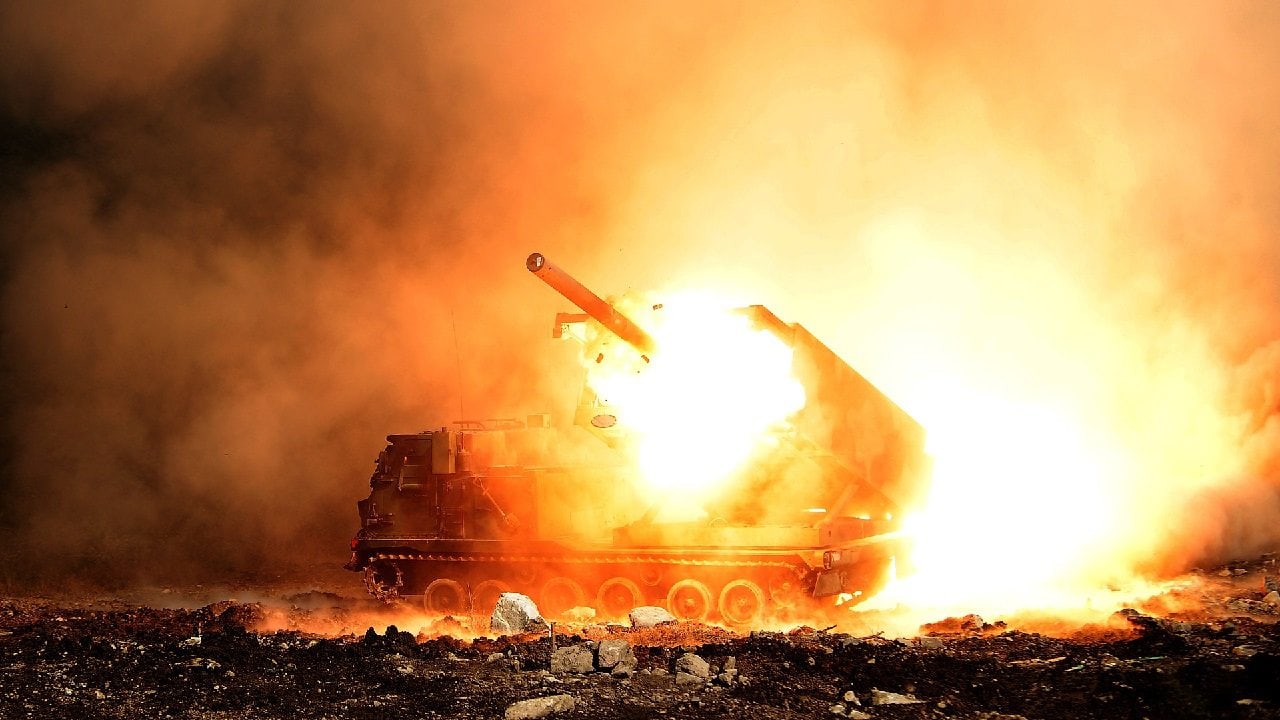The United States Army is now seeking to develop a Precision Strike Missile (PrSM) that could fly more than 1,000 km (600 miles), double the range of the current version.
According to the United States Army’s Aviation and Missile Center (AMC) the mission of the Long Range Precision Fires (LRPF) Missile is to attack, neutralize, suppress, and destroy targets using missile-delivered indirect precision fires. Such long-range missiles could provide field artillery units with long-range and deep-strike capability while supporting brigade, division, corps, Army, theater, Joint and Coalition forces, and Marine Corps air-to-ground task forces in full, limited, or expeditionary operations.
Moreover, the LRPF will replace the Army Tactical Missile System (ATACMS) capability, which is impacted by the age of the ATACMS inventory and the cluster munition policy that removes all M39 and M39A1 ATACMS from the inventory after 2018. The ATACMS has been among the platforms requested by Kyiv – but Washington has been reluctant to provide it.
The LRPF promises to have even greater capabilities. It will also provide the warfighter with an all-weather, 24/7, precision surface-to-surface deep-strike capability.
Lockheed Martin to Develop Propulsion LRMF Missile
The Army’s Aviation and Missile Center announced on Monday that it has selected defense and aerospace giant Lockheed Martin to develop an advanced propulsion Long Range Maneuverable Fires (LRMF) missile. The missile can be fired from existing Army launchers to defeat distant threats at ranges that significantly exceed those of the PrSM baseline.
“Lockheed Martin is partnering with the U.S. Army to give soldiers a decisive edge on the battlefield by extending their reach,” said Steven Botwinik, vice president of Advanced Programs Execution and Transition at Lockheed Martin Missiles and Fire Control, via a statement. “With half a century of expertise integrating advanced propulsion systems and supporting the Army’s precision fires ecosystem, we are ready to develop a solution that significantly extends PrSM’s range.”
As part of the contract, Lockheed Martin’s Phase 1 will focus on design and risk-reduction activities, with optional follow-on phases leading to flight test demonstration. Following flight tests, LRMF will transition to the U.S. Army’s Strategic and Operational Rockets and Missiles (STORM) project office to inform the design of an extended-range PrSM Increment (Inc.) 4. To reach a significantly extended range with launcher volume constraints, Lockheed Martin’s solution will employ unique design elements and key technologies to address size and endurance challenges.
Raytheon Technologies and Northrop Grumman Option
The U.S. Army has also selected Raytheon Technologies to advance its design for the Long Range Maneuverable Fires program, intended to become PrSM Increment 4. Working collaboratively with Northrop Grumman, the Raytheon team will mature its innovative design, featuring advanced propulsion technology as a key enabler for extending range, as well as enhancements for survivability and lethality, the company announced.
During the first phase of the program, Raytheon and Northrop Grumman will partner to co-design, build and test the propulsion subsystem for DeepStrike-ER, an advanced missile solution that will demonstrate the capability to achieve the Army’s desired range and effectiveness against next-generation threats.
“Our experience in developing the most sophisticated missile technologies in the world uniquely positions Raytheon to partner with the Army to address this high-priority modernization program,” said Tom Laliberty, president of Land Warfare & Air Defense at Raytheon Missiles & Defense. “This legacy, coupled with our creative partnerships to bring together proven technologies, enables us to deliver a superior solution that meets or exceeds the requirements for the critical long-range precision fires mission.”
Northrop Grumman’s ongoing investment in new propulsion technologies and infrastructure support the growing need for efficient and effective missile systems, added Jim Kalberer, vice president of Missile Products at Northrop Grumman.
“Our mission-tailored solution will include advanced propulsion technology and key components designed to increase capacity within the launch system and achieve optimal range extension,” said Kalberer.
PrSM Inc 4 – Two Teams
To date, the two teams have announced that they have received Army contracts for PrSM Inc 4, but it is still possible other defense contractors could also be working on the development program.
As BreakingDefense reported, PrSM incumbent Lockheed Martin has received $33.3 million for the development and demonstration of its Long Range Fires Capability, while the Raytheon team received almost $100 million for Long Range Precision Fires air-breathing missile prototypes – according to data from the Aviation & Missile Technology Consortium.
Author Experience and Expertise:
A Senior Editor for 19FortyFive, Peter Suciu is a Michigan-based writer. He has contributed to more than four dozen magazines, newspapers, and websites with over 3,200 published pieces over a twenty-year career in journalism. He regularly writes about military hardware, firearms history, cybersecurity, politics, and international affairs. Peter is also a Contributing Writer for Forbes and Clearance Jobs. You can follow him on Twitter: @PeterSuciu.

